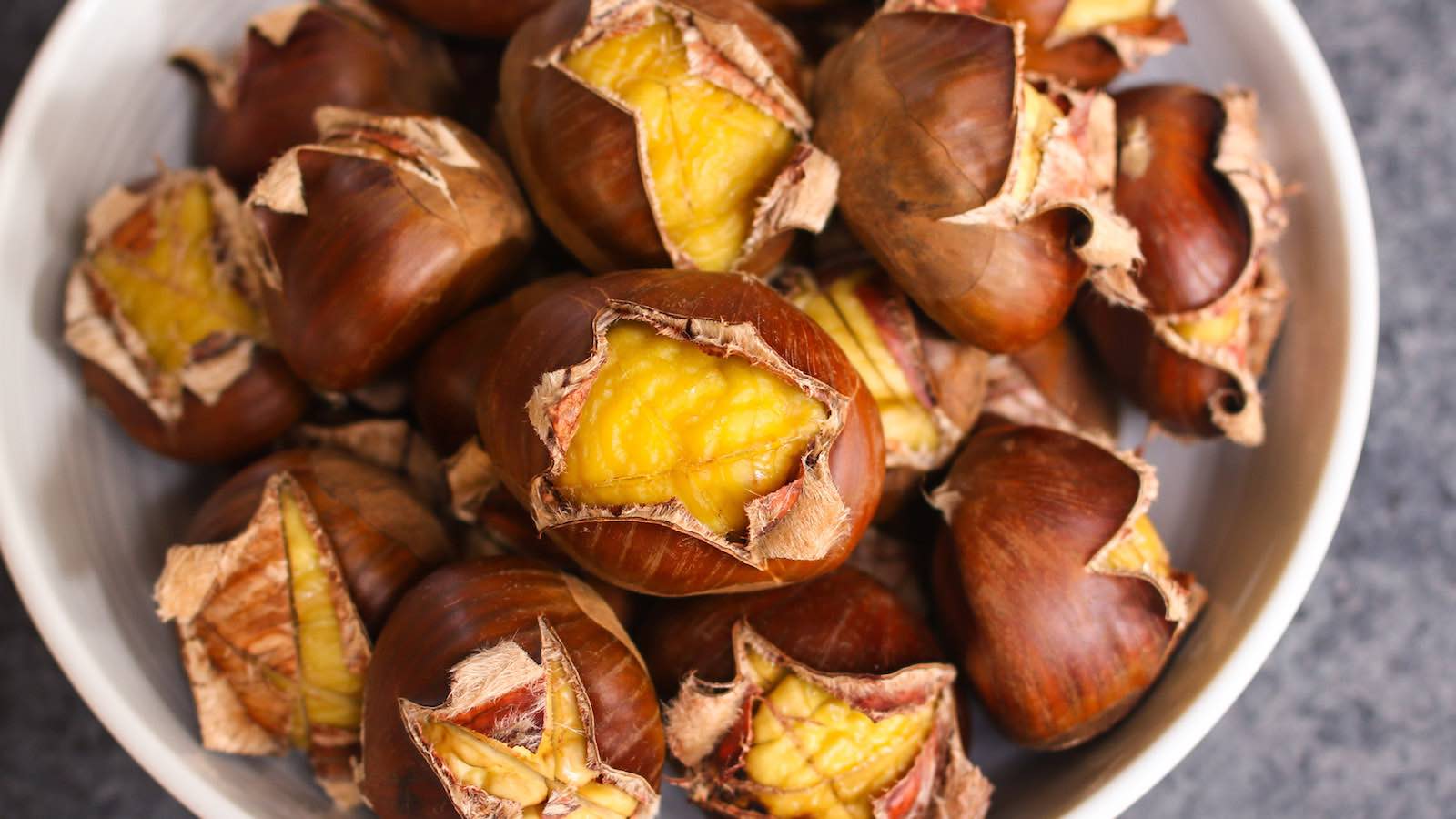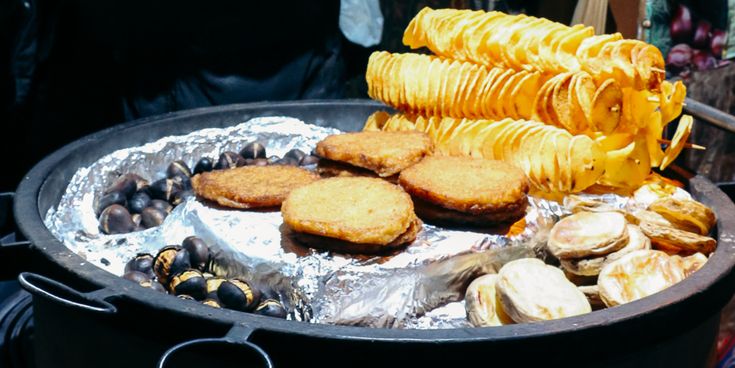Maroni, also known as roasted chestnuts, are a beloved street food in Vienna and other parts of Austria. These delicious nuts are a staple during the winter season, offering warmth and comfort to locals and visitors alike. In this article, we will explore what maroni are, their history, how they are prepared, and why they have become such a popular snack.

Before diving into the world of maroni, it’s worth noting that the term “maroni” can sometimes be confused with “Moroni,” a figure from the Book of Mormon. However, in the context of this article, we are focusing on the roasted chestnuts, not the religious figure. The confusion between the two terms highlights the importance of understanding the cultural and historical significance of each.
The History of Maroni
Maroni have a long history in Austria and other parts of Europe. The tradition of roasting chestnuts dates back to ancient times, with evidence of their consumption found in various European cultures. In Austria, the practice of roasting chestnuts became particularly popular in the Tyrolean region, where farmers would gather to enjoy the first young wine of the season accompanied by these tasty nuts.
The tradition of maroni has since spread beyond the Tyrolean region and is now a common sight in Vienna, especially during the colder months. As the temperature drops, nearly 200 maronistands reappear in the capital, bringing with them the warm aroma of roasted chestnuts.

How Maroni Are Prepared
Making maroni at home is relatively simple. You’ll need raw chestnuts, salt, a sharp knife, and a large drum or pan for roasting. The process begins by scoring an “X” on both the flat and domed sides of the chestnuts. This helps prevent them from exploding in the oven.
Next, soak the cut chestnuts in warm water for about 5-10 minutes. This step softens the bitter skin beneath the tough outer layer, making it easier to peel after roasting. Once soaked, spread the chestnuts on a baking tray lined with parchment paper. Place an ovenproof cup of water on the tray to keep the chestnuts from drying out during the roasting process.
Preheat the oven to 375°F (190°C) and roast the chestnuts for 15 minutes. Then, turn them over and roast for an additional 10 minutes. Allow the chestnuts to cool slightly before peeling off the skin. The thick layer comes off more easily when the chestnuts are warm, so it’s best to eat them right out of the oven.

The Benefits of Roasted Chestnuts
Roasted chestnuts are not only delicious but also nutritious. They are high in water content and low in fat, making them a healthy snack option. Additionally, they contain tryptophan, an amino acid that contributes to the production of serotonin, often referred to as the “happiness hormone.”
In Austria, it’s common for 2 out of 10 roasted chestnuts you buy at a maronistand to be spoiled. However, this is considered natural, and Austrian food regulations allow for a 20 percent spoilage rate. It’s always a good idea to check your maroni before eating them to ensure they are fresh.
Maroni in Popular Culture
Maroni have become a symbol of winter in Vienna, often seen at Christmas markets and other festive events. Their popularity has led to the creation of various recipes and dishes featuring roasted chestnuts. From sweet desserts to savory main courses, maroni add a unique flavor and texture to any dish.
In addition to traditional recipes, modern chefs have experimented with maroni in creative ways, incorporating them into everything from soups and stews to baked goods and cocktails. This versatility has helped keep maroni relevant and appealing to a wide range of tastes.

The Cultural Significance of Maroni
Beyond their culinary appeal, maroni hold cultural significance in Austria. They are often associated with the start of the holiday season and are a common sight during the winter months. The tradition of roasting chestnuts has been passed down through generations, becoming an integral part of Austrian culture.
In 2018, the maroni tree was voted the tree of the year in Austria, further highlighting its importance in the country’s natural and cultural heritage. The presence of maronistands in cities like Vienna serves as a reminder of this rich tradition and the joy that comes with sharing a warm, roasted chestnut on a cold winter day.
Conclusion
Maroni, or roasted chestnuts, are more than just a seasonal snack in Vienna. They are a symbol of tradition, community, and the simple pleasures of life. Whether enjoyed on the streets of Vienna or prepared at home, maroni offer a taste of warmth and comfort that is hard to beat.
As the winter season approaches, the sight of maronistands filling the streets with the scent of roasted chestnuts is a welcome reminder of the beauty and richness of Austrian culture. So next time you’re in Vienna, don’t miss the chance to try a bag of maroni and experience the magic of this beloved street food.
Stay updated with the latest news and trends in the world of food and culture. Explore today’s headlines and discover new flavors and traditions from around the globe.











More Stories
The Ultimate Guide to Choosing the Perfect Wedge Pillow for Comfort and Health
Understanding Shawwal: The Tenth Month of the Islamic Calendar
US Trending News: Understanding Shade Lighter Than Cappuccino: A Guide to Coffee Bean Roasts